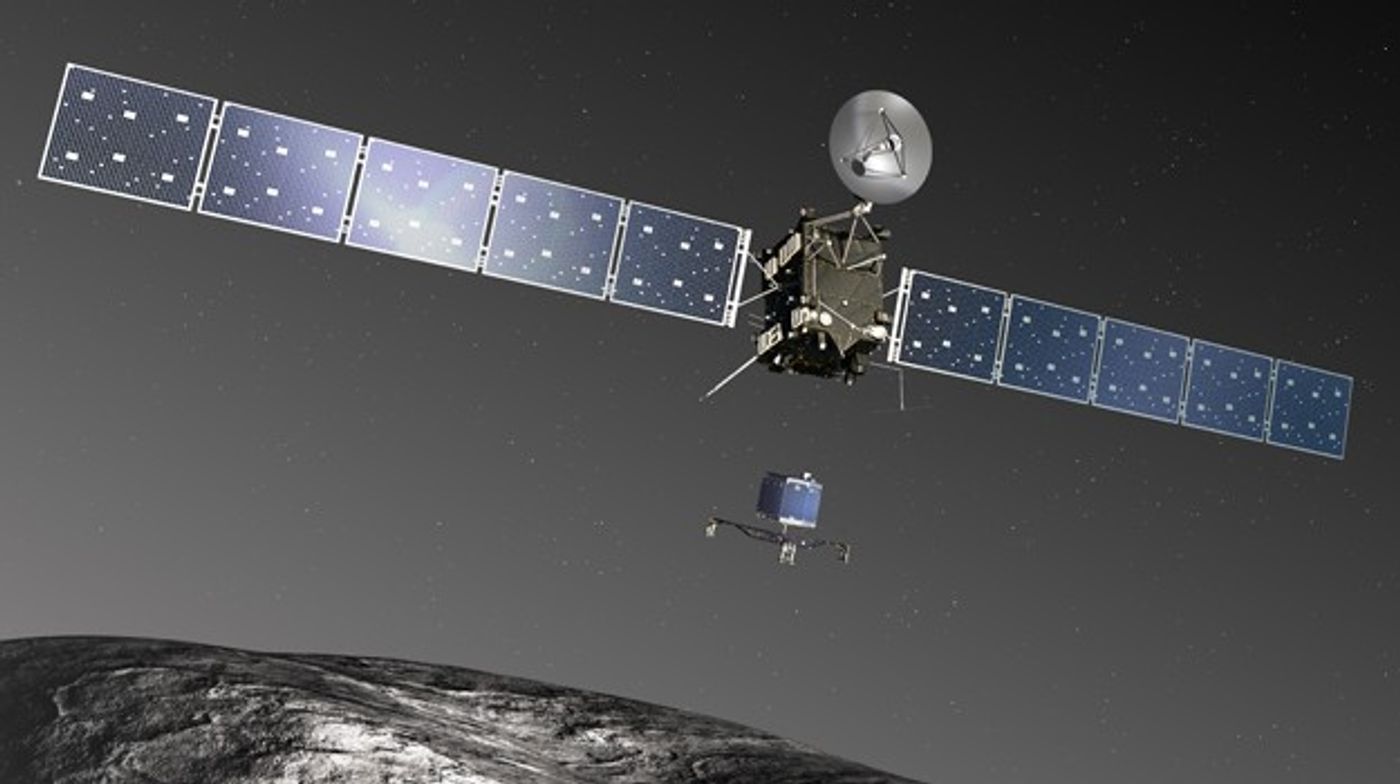ESA Announces Termination Date for Rosetta Spacecraft
Comet 67P has been a major point of interest in our solar system since the European Space Agency sent its Rosetta spacecraft out to study it and even used it to try to land its Philae lander on the comet’s surface to grab samples and immersive data.
Philae unfortunately didn’t land properly and lacks the proper sunlight exposure to charge its systems with its on-board solar arrays. It was last heard from mid-2015 and its signals were very weak.
Although Philae is lost and will probably never be heard from again, Rosetta has been functioning and taking constant photographs of 67P while orbiting the comet, and has been giving the ESA new terrains and perspectives to study to better understand comets in our solar system.

Image Credit: European Space Agency
The ESA has announced this week that Rosetta is scheduled for termination September 30th. As Comet 67P continues to move away from the Sun, further and further from the power source it feeds off of, Rosetta will soon lack the power necessary to continue its observations.
On this date, Rosetta will stop orbiting 67P and will crash-land on 67P’s surface, effectively terminating its operations.
Before then, scientists are working hard to collect as much data on 67P as they possibly can. Additionally, when the termination is set to occur, all functions of the satellite will be switched off apart from a few sensors that will more closely monitor 67P, as well as cameras, and this equipment will relay information back to Earth during Rosetta’s final moments.
“We’re trying to squeeze as many observations in as possible before we run out of solar power,” says Matt Taylor, ESA Rosetta project scientist.
“30 September will mark the end of spacecraft operations, but the beginning of the phase where the full focus of the teams will be on science. That is what the Rosetta mission was launched for and we have years of work ahead of us, thoroughly analyzing its data.”
Nevertheless, 67P isn’t the end of space observations as we know them. We have a number of spacecraft out in our solar system that are working hard to reveal the secrets of how we got here. New Horizons is rocketing out into the Kuiper Belt, and Juno is soon set to reach Jupiter.
There are indeed some exciting times ahead, so stay tuned!
Source: ESA via BBC








